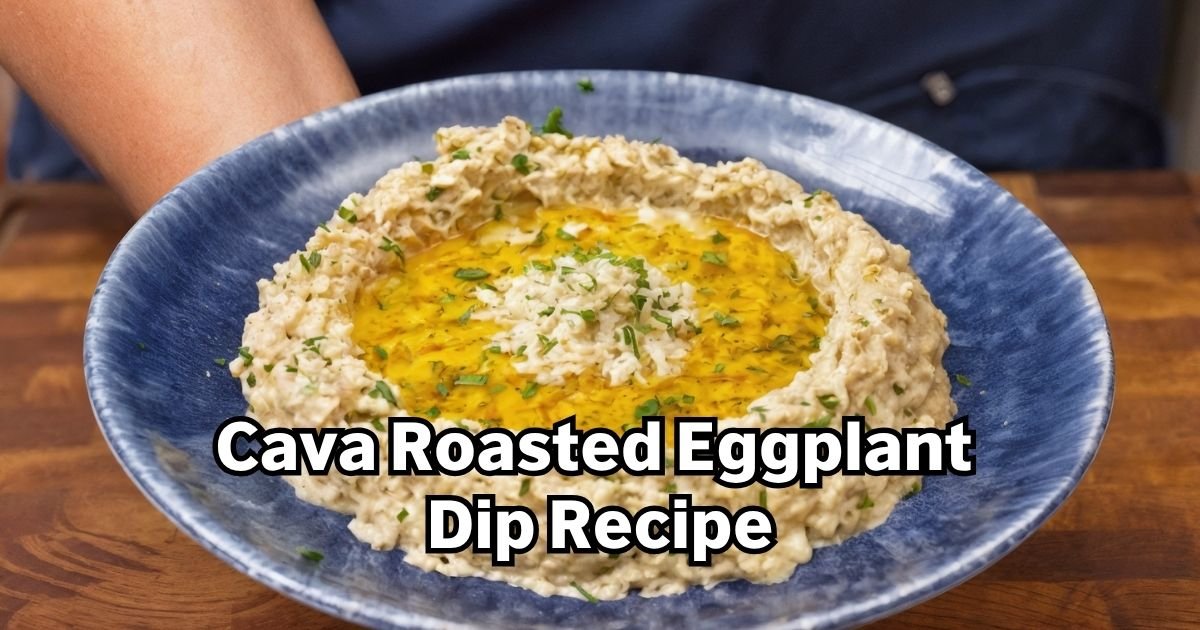Understanding Salmon’s Place in the Kitchen
Salmon has become a centerpiece in home cooking around the world, admired for its rich flavor, versatility, and nutrient density. Whether roasted with herbs, seared in a cast-iron skillet, or gently poached for delicate texture, salmon adapts to countless culinary styles. Yet behind this fish’s popularity lies a question every home chef eventually faces: how to choose the right type of salmon for the plate. The decision is not just about taste—it also touches on nutrition, sourcing, sustainability, and cooking performance.
Salmon Varieties and Their Distinct Traits
Several salmon species reach the market, each with its own profile. King salmon (Chinook) is prized for high fat content and buttery richness, making it ideal for indulgent dishes or special occasions. Sockeye salmon offers a deep red color and a firm texture that stands up well to grilling. Coho provides a milder flavor, while pink and chum are often canned or smoked. Beyond species, though, another distinction captures much of the conversation: whether salmon is farmed or harvested from the wild.
The Role of Sourcing in Quality
The sourcing question affects flavor, texture, and even ethics of purchase. Many home cooks are drawn to the vibrant taste and firm flesh of wild caught salmon, which tends to have leaner fat lines and a more robust mineral profile. Farmed salmon, in contrast, is often more consistently available, offers higher fat content that keeps the fish moist during cooking, and usually comes at a lower price point. Both categories have culinary advantages, but understanding them helps ensure the right choice for any given meal.
Nutritional Considerations
Nutrition-conscious cooks often weigh salmon for its omega-3 fatty acids, vitamin D, and protein content. Wild varieties are usually lower in total fat while boasting slightly higher concentrations of certain micronutrients, reflecting their natural diets. Farmed salmon, thanks to controlled feeding, contains more overall fat, which can appeal to those seeking richer mouthfeel but might add calories. Either way, both options deliver significant heart-healthy benefits, making salmon a nutritional cornerstone regardless of origin.
Flavor and Texture on the Plate
From a cooking standpoint, salmon’s mouthfeel can guide selection. Wild varieties provide a firmer bite and a flavor often described as oceanic or briny, perfect for dishes that highlight the fish itself with minimal seasoning. Farmed salmon, with its higher fat content, offers a lush, tender texture that resists drying out, even in high-heat methods like pan-searing or broiling. For the home chef, the distinction can inspire different styles: wild salmon paired with citrus and herbs for a clean presentation, or farmed salmon enriched with creamy sauces that complement its fattiness.
Availability and Price Dynamics
One of the key practical concerns in any household is availability. Wild salmon has defined seasons, making it a more limited purchase and often more expensive, particularly when sourced from regions like Alaska. Farmed salmon, however, is available year-round and benefits from global aquaculture operations that stabilize pricing. For families planning weekly meals, consistency of supply may weigh as heavily as subtle differences in flavor.
Sustainability and Responsibility
Home chefs increasingly consider the environmental footprint of their choices. Well-managed wild fisheries are heavily regulated to maintain stock health and ecosystems, ensuring salmon populations remain viable. Farmed salmon operations vary widely; some use sustainable, innovative techniques that reduce ecological impact, while others raise concerns about water quality and habitat disruption. Reading sourcing labels or buying from trusted suppliers can help conscientious cooks align their values with their dinner plates.
Cooking Approaches That Highlight Salmon’s Strengths
Regardless of origin, salmon thrives under a variety of cooking techniques. Pan-searing creates crisp skin and juicy flesh with minimal oil. Baking at moderate heat allows for gentle cooking and the infusion of aromatic herbs. Grilling introduces smoky depth while keeping portions light and healthy. Even raw preparations like poke or sashimi showcase salmon’s adaptability. The type of salmon can guide the method: firmer wild fillets do well on the grill, while fattier farmed cuts shine in searing or roasting.
Pairings That Elevate the Experience
Flavor pairings help bring salmon into balance. Citrus, dill, and fennel accentuate the freshness of leaner cuts. Cream, butter, and mustard harmonize with fattier textures. Seasonal vegetables—from asparagus in spring to root vegetables in winter—help build well-rounded meals. Even the choice of wine plays a role: a crisp Sauvignon Blanc for brighter salmon dishes, or a Pinot Noir for richer presentations.
Budget-Friendly Choices Without Compromise
For many home kitchens, cost plays a central role in meal planning. Frozen salmon fillets often provide excellent value while retaining nutrition and flavor, particularly when flash-frozen at sea. Canned salmon extends versatility into salads, patties, or pasta dishes while remaining budget-friendly. When possible, seeking out promotions from reliable fishmongers ensures access to premium salmon at a manageable price.
The Middle Ground: Blending Options
Some home cooks find balance by mixing both worlds: purchasing wild caught salmon during peak seasons for special meals, while relying on farmed options for everyday cooking. This approach not only balances cost and quality but also introduces variety, letting the household experience the nuances of both categories. For those who enjoy experimenting with recipes, alternating between the two ensures a richer culinary repertoire.
Final Thoughts on Making the Choice
Ultimately, the “better” salmon depends on context. For celebratory dinners where flavor and presentation take center stage, wild salmon may deliver unmatched depth. For weekday family meals where consistency and affordability matter most, farmed salmon provides practical solutions. By understanding the strengths and limitations of each, the home chef gains flexibility, confidence, and creativity in the kitchen.
Conclusion: Empowering the Home Chef
Choosing salmon is not simply a matter of wild versus farmed—it is about matching culinary goals with available options. By considering taste, nutrition, cost, and sustainability, home chefs can tailor their selection to each occasion. What matters most is approaching the purchase with knowledge and intention, ensuring every plate of salmon brings both nourishment and satisfaction to the table.







